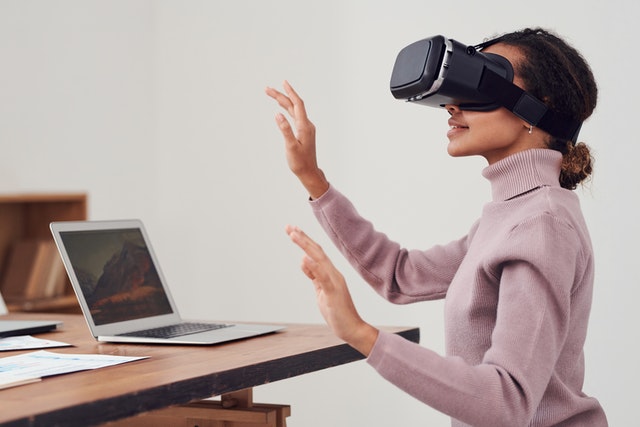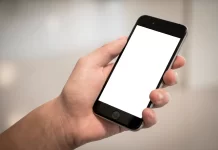
Virtual Reality, or VR, is a hot topic in the world of education. It has been in the works since 1956 when the Sensorama was created by Morton Heilig. The idea of creating a virtual environment for people to experience has even been around before the 50’s, but has developed much more in the past 20 years.
Recent developments have high hopes for advancements in education. VR opens new possibilities for hands-on learning, allowing students to experience things that weren’t possible before in the classroom. This might even make education more cost-effective in the future.
What is Virtual Reality?
Virtual learning allows students to be fully immersed in an experience. Users typically wear a headset that simulates their surroundings with complete peripheral sight. There’s a wide variety of activities that are compatible with VR, including labs and learning games.
How VR Looks in Classrooms Today
Virtual Reality is still making its first appearances in classrooms because of the cost. However, the price will likely change in the next 5 years as newer, cost-effective models continue to develop. The technology for VR equipment is on the cusp of being affordable to the general population in the U.S. and U.K. Here are a few ways VR learning is being incorporated in education today.
Apps
With VR headsets, compatible apps place the user into a completely different world. Once a school has these headsets, it can center its curriculum around higher-quality visuals for learning.
Some apps can give the students a closer look at the solar system during their science class. Students can see the ruins of an ancient society up close through a mapping app for a history lesson. Other apps can provide a platform to create diagrams that help solidify memorization and analyze concepts.
Virtual Field Trips
Field trips can become much more accessible and affordable with VR. Students can visit new places in a virtual walkthrough that uses real 360º imagery. Instead of limitations of time, cost, and transportation, schools can offer more frequent field trips by using VR. Doing this also makes learning much more memorable for students, helping to heighten their understanding.
Making Learning Easier
VR in educational settings helps students who have difficulty learning in classrooms with many other people. VR headsets eliminate excess stimulus and allow these students to focus solely on the topic at hand. This extra focus removes some of the sensory overload that might cause distraction and overwhelm.
Will VR Be More Accessible?
As technology advances more rapidly and new gadgets become more mass-produced, VR will likely become integrated into more educational programs. VR apps will become so helpful that they will evolve into the preferred style of mainstream learning.
Using this technology could mark a new era in the education system. There hasn’t been an advancement of this significance since computers became incorporated into everyday learning. Who knows what possibilities lie in wait for the next generation of students as they embrace virtual reality!
For more information on the integration of tech in the classroom, consider our article Schools are Now Offering FREE Laptops For Students.













